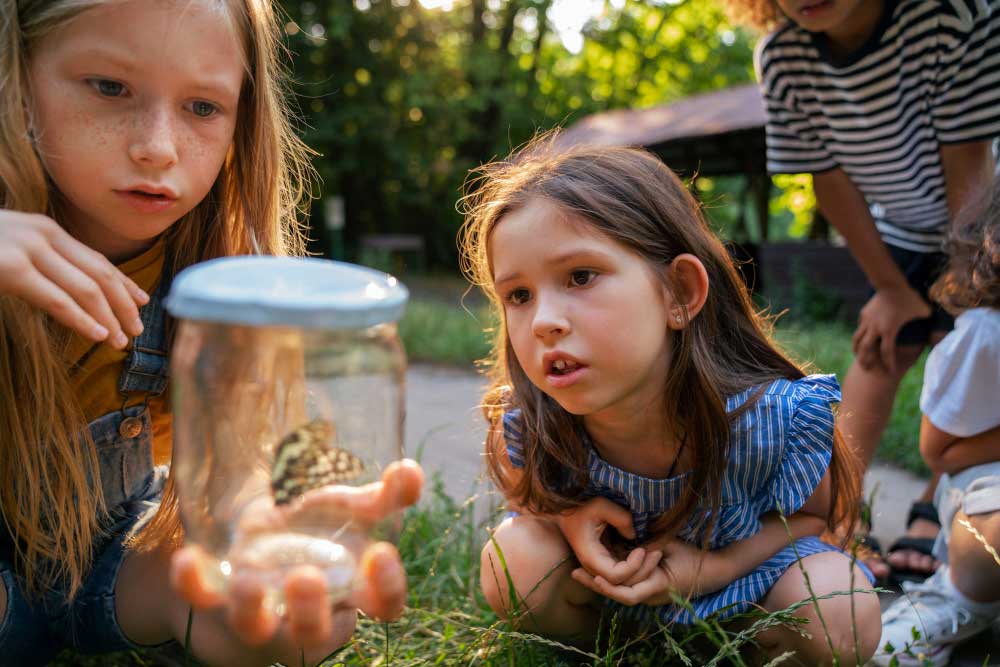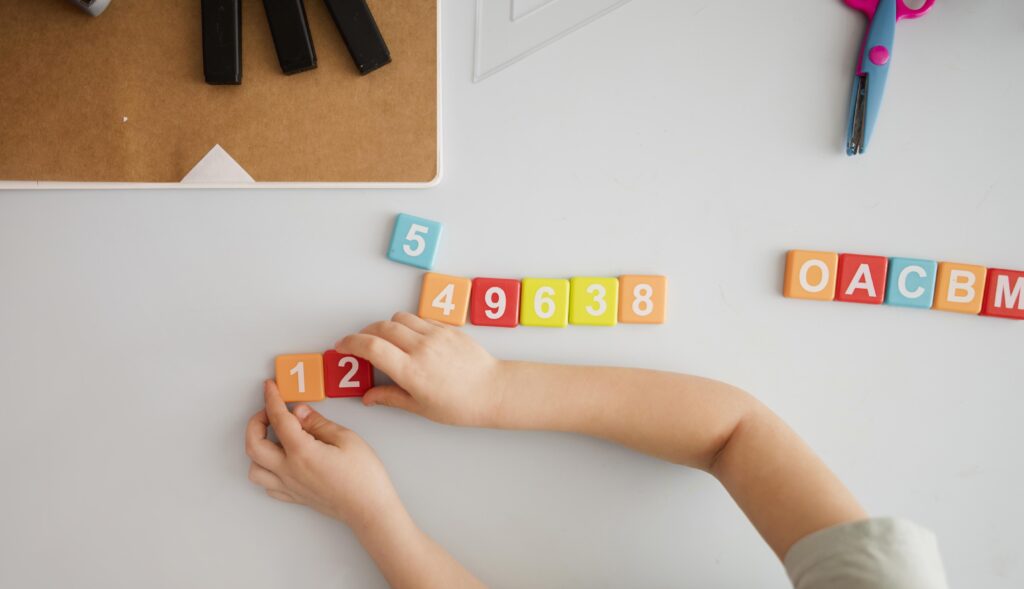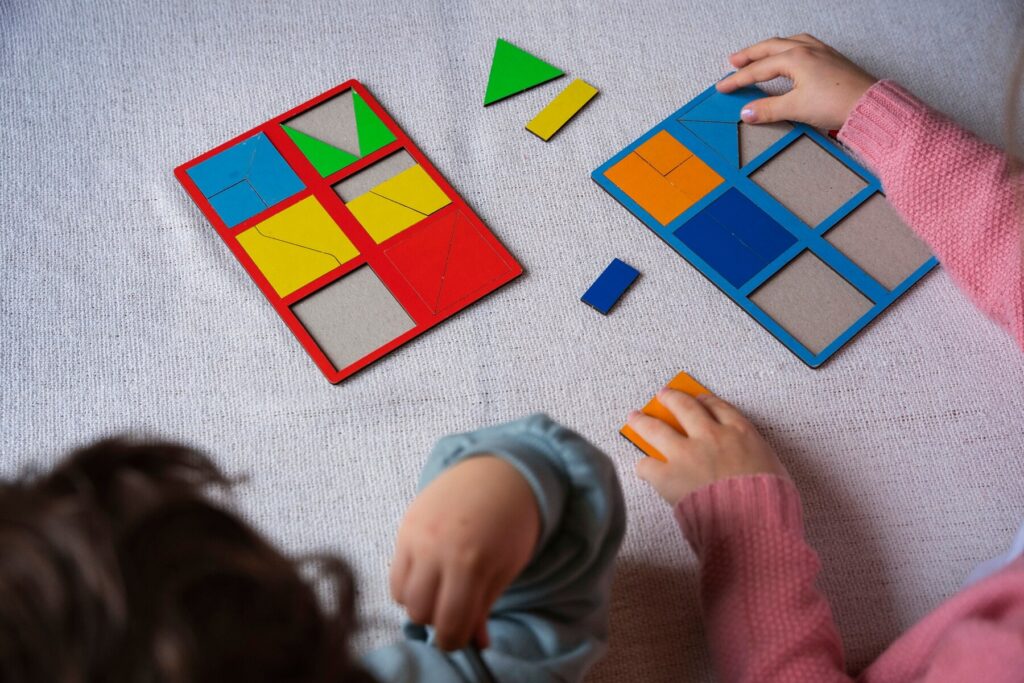Storytelling serves as one of the most profound methods for imparting essential life skills to children. Through the magic of books, children are transported into enchanting worlds while simultaneously absorbing invaluable lessons in empathy, inclusion, and self-expression. In this article, we are delighted to present three exceptional children’s books that promote these crucial values, paired with dynamic, hands-on activities that encourage children to engage with these themes. These activities extend the lessons of the stories, allowing children to practise kindness, openness, and the art of connection in everyday life.
Book 1: Strictly No Elephants by Lisa Mantchev

Strictly No Elephants by Lisa Mantchev is a heartfelt tale that we adore for introducing young learners to the vital concept of friendship and belonging. The story, which follows a young boy and his elephant as they are excluded from a neighbourhood club, beautifully illustrates the emotional weight of exclusion and the importance of accepting one another’s differences.
What truly captivates us is the rhythmic flow of the text and the delightful illustrations, which bring the theme of inclusion to life. This book serves as an excellent tool to spark thoughtful discussions about empathy, kindness, and how we can make sure everyone feels welcome, regardless of their uniqueness. It’s a wonderful fit for Foundation Year’s social-emotional learning curriculum.
Motivated by the tender lessons in Strictly No Elephants, we created the “What Friends Do: Exploring Inclusion” activity. Children take part in role-playing exercises where they practise welcoming others to join in, regardless of their differences. This interactive approach helps reinforce the idea of inclusion while giving children the chance to develop their social skills in an engaging and supportive environment.
Download free activity here!

Book 2: Can I Play Too? by Mo Willems

Can I Play Too? by Mo Willems is a charming story about fairness, friendship, and including others. Gerald the elephant and Piggie want to make sure everyone feels welcome when they play, even when it’s not easy. With humor and heart, the story reminds readers that making room for others can bring even more joy.
Reading this book always leaves us smiling. We really connect with how it shows that fairness isn’t about following rules—it’s about making sure everyone feels seen, included, and part of the fun. The playful tone and expressive illustrations make the message even more meaningful.
To bring the story’s message to life, we created “Fair Is Fair: Exploring Fairness.” After reading, children join a group discussion about the challenges Gerald and Piggie face. They then play games that focus on taking turns and sharing, helping them practise fairness and cooperation in a fun, active way.
Download free activity here!

Book 3: The Invisible Boy by Trudy Ludwig

The Invisible Boy by Trudy Ludwig is a gentle yet powerful story about the pain of exclusion and the magic of kindness. It follows Brian, a boy who feels invisible at school—until one small, kind gesture changes everything. The story shows how even simple acts of empathy can help someone feel they truly belong.
We love how the book encourages children to reflect on their own actions and think about how they can include others. It’s a beautiful reminder of the importance of kindness, empathy, and recognising those who might otherwise be overlooked.
Inspired by The Invisible Boy, we created the activity “Finding Your Voice: Encouraging Self-Expression.” After reading, we discuss Brian’s experience and how kindness helped him feel seen. Children then explore different ways to express themselves—through drawing, storytelling, or sharing. This activity builds confidence, fosters empathy, and shows children how their actions can make a real difference.
Download free activity here!

Books like Strictly No Elephants, Can I Play Too?, and The Invisible Boy provide rich opportunities to teach children valuable lessons in empathy, fairness, and inclusion. By pairing these inspiring stories with interactive activities, children can connect with the themes in a tangible way and practise these key values in real-life contexts. These books and activities serve as excellent tools for nurturing a positive, kind, and inclusive environment where every child feels seen, heard, and respected.













Leave a Reply